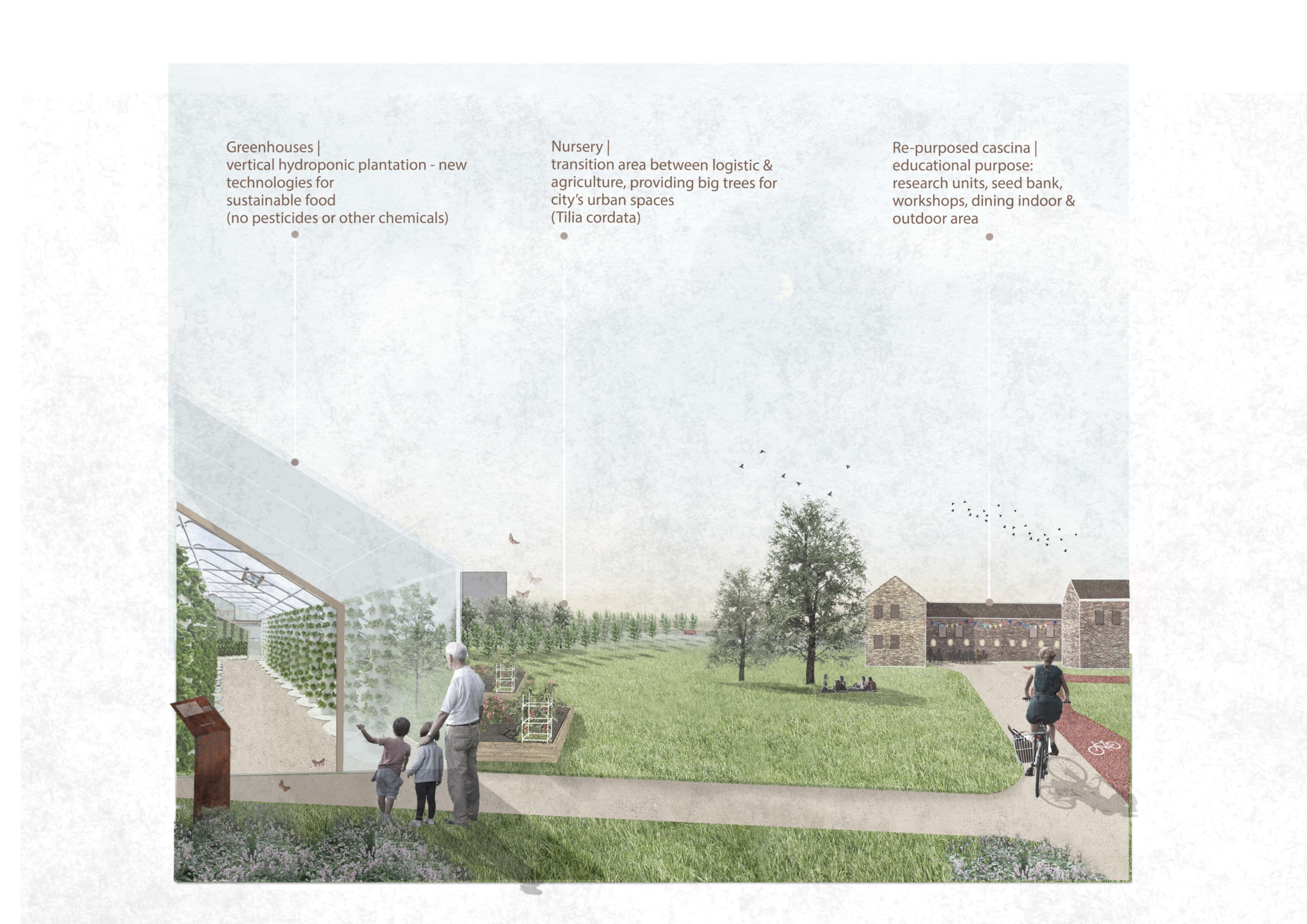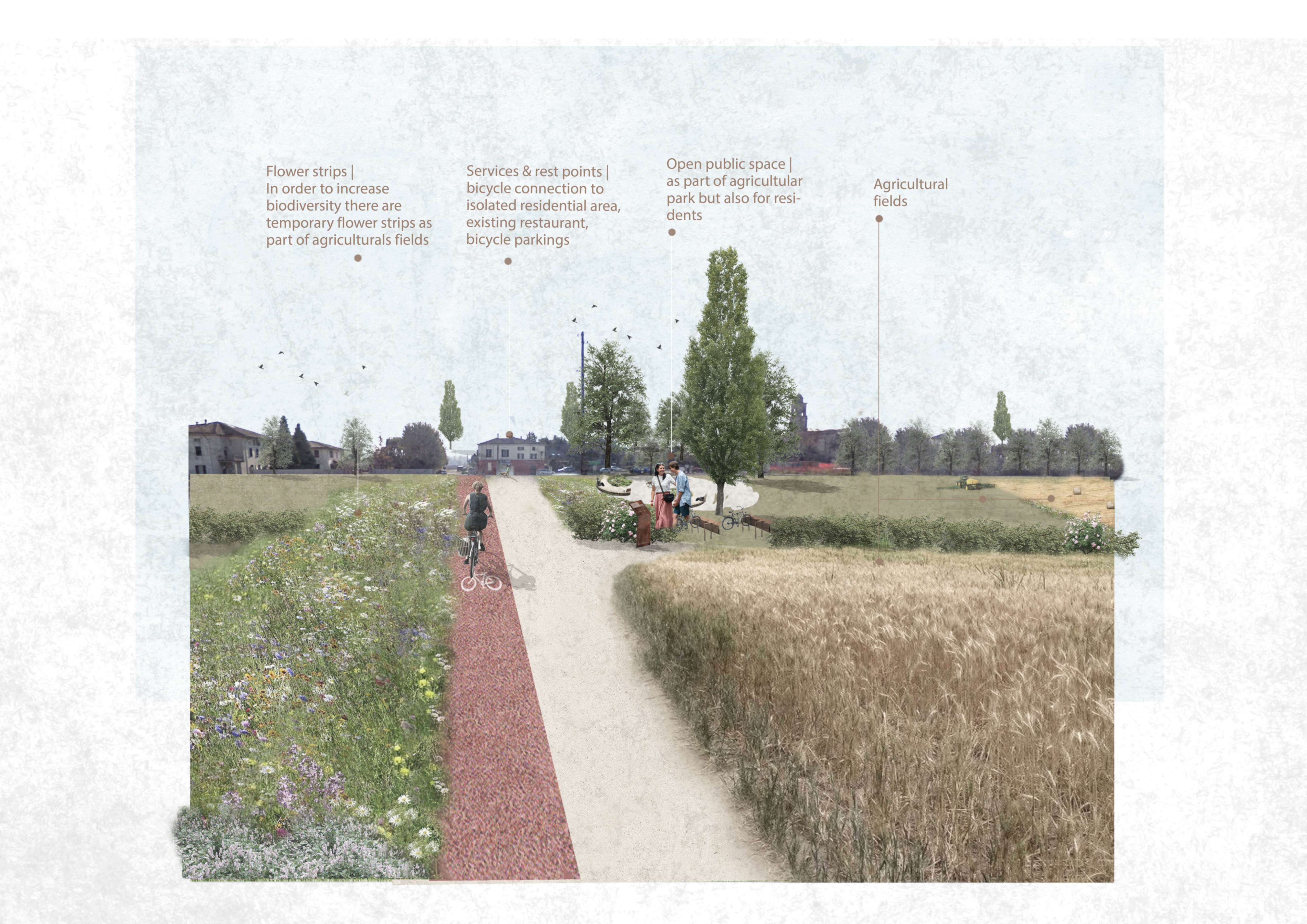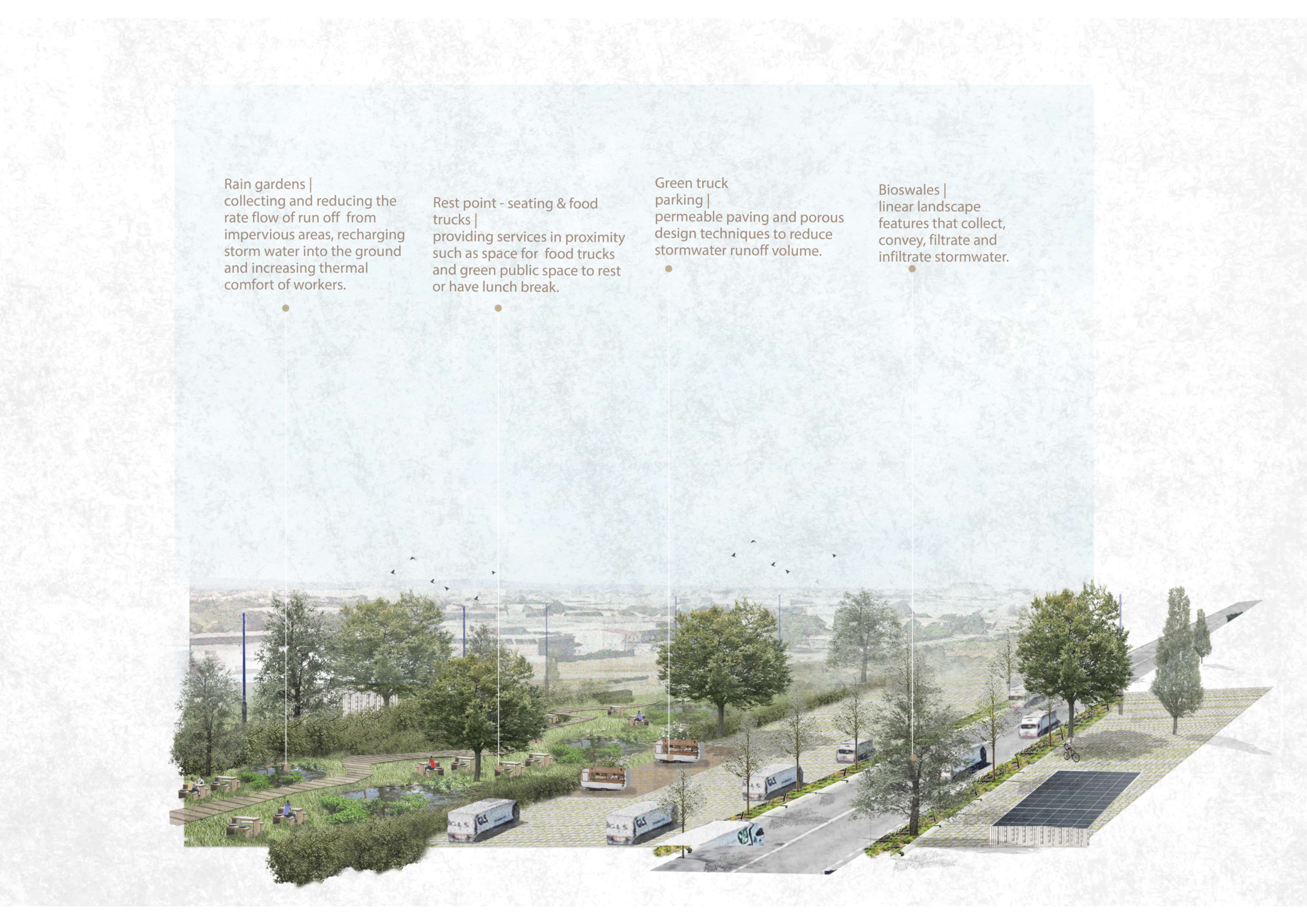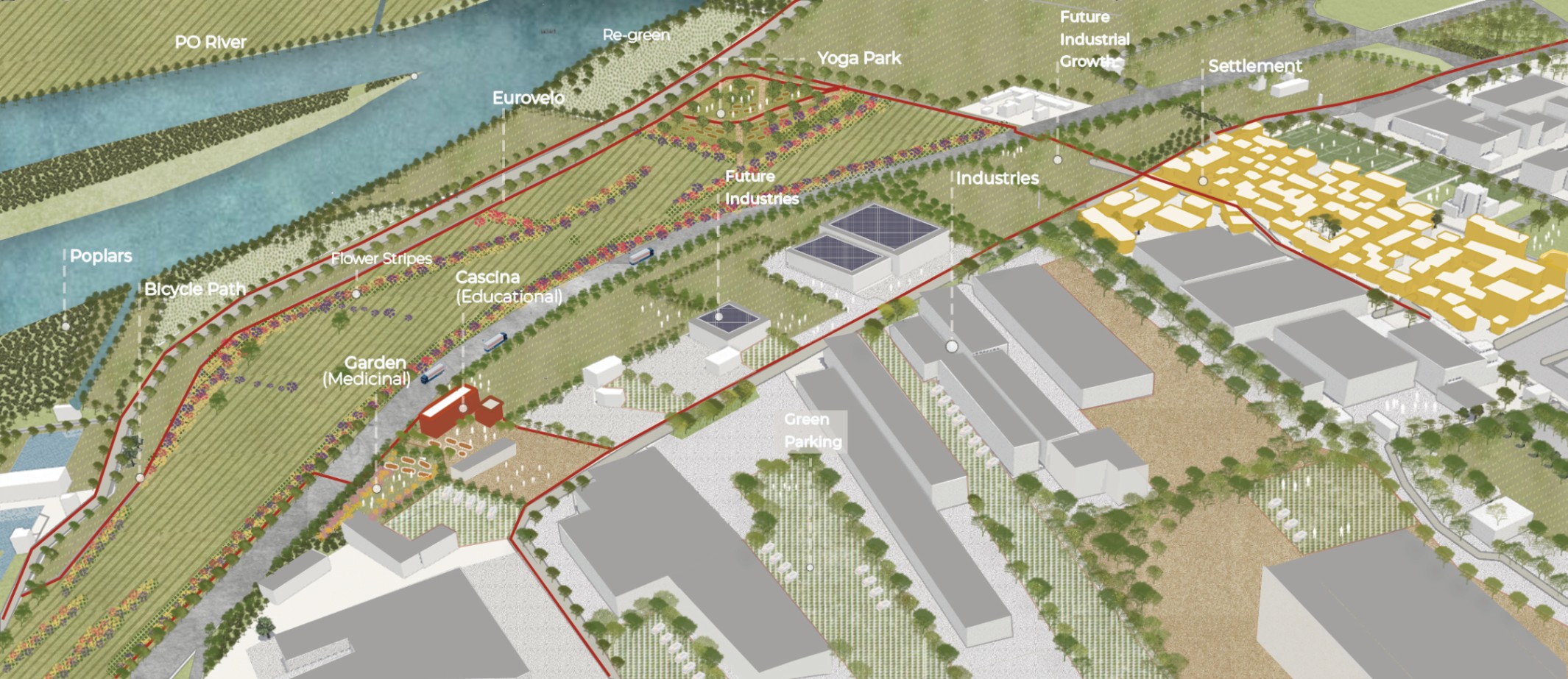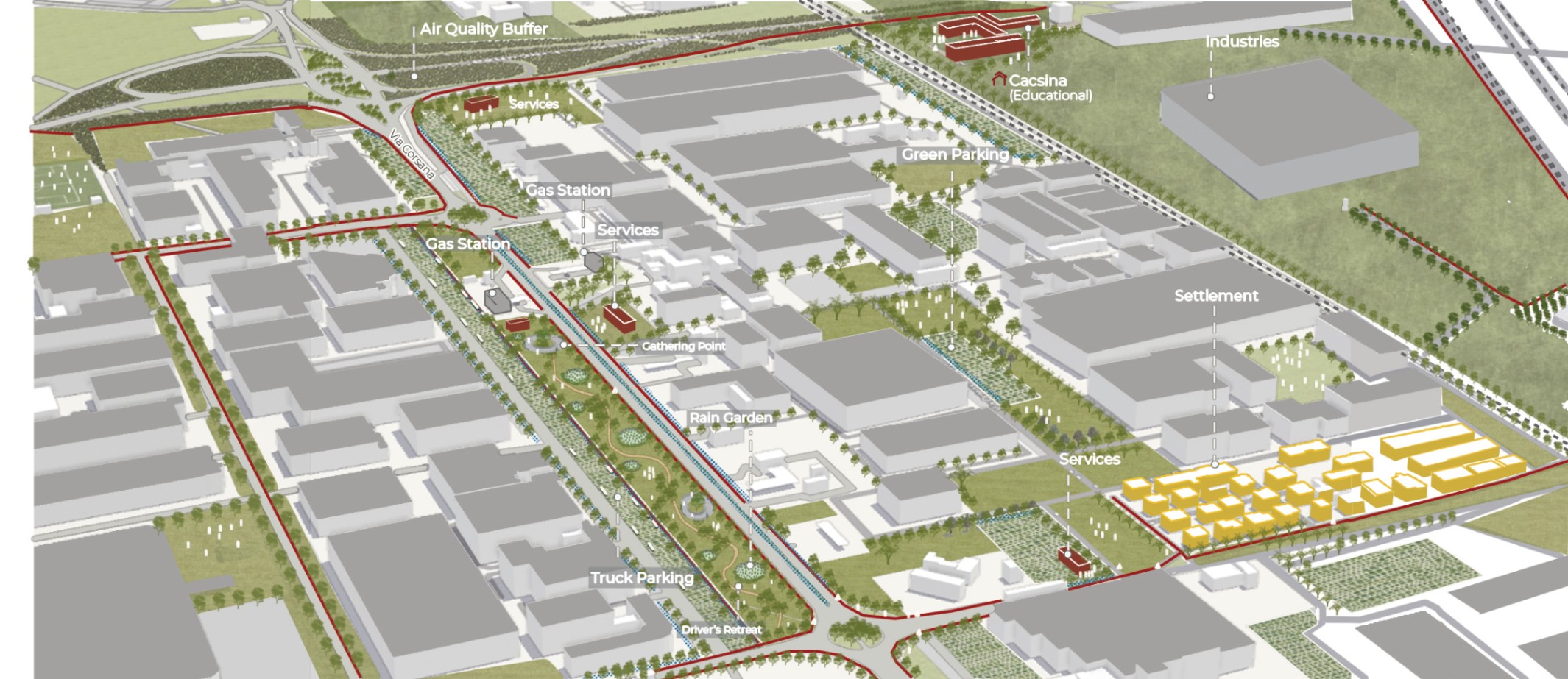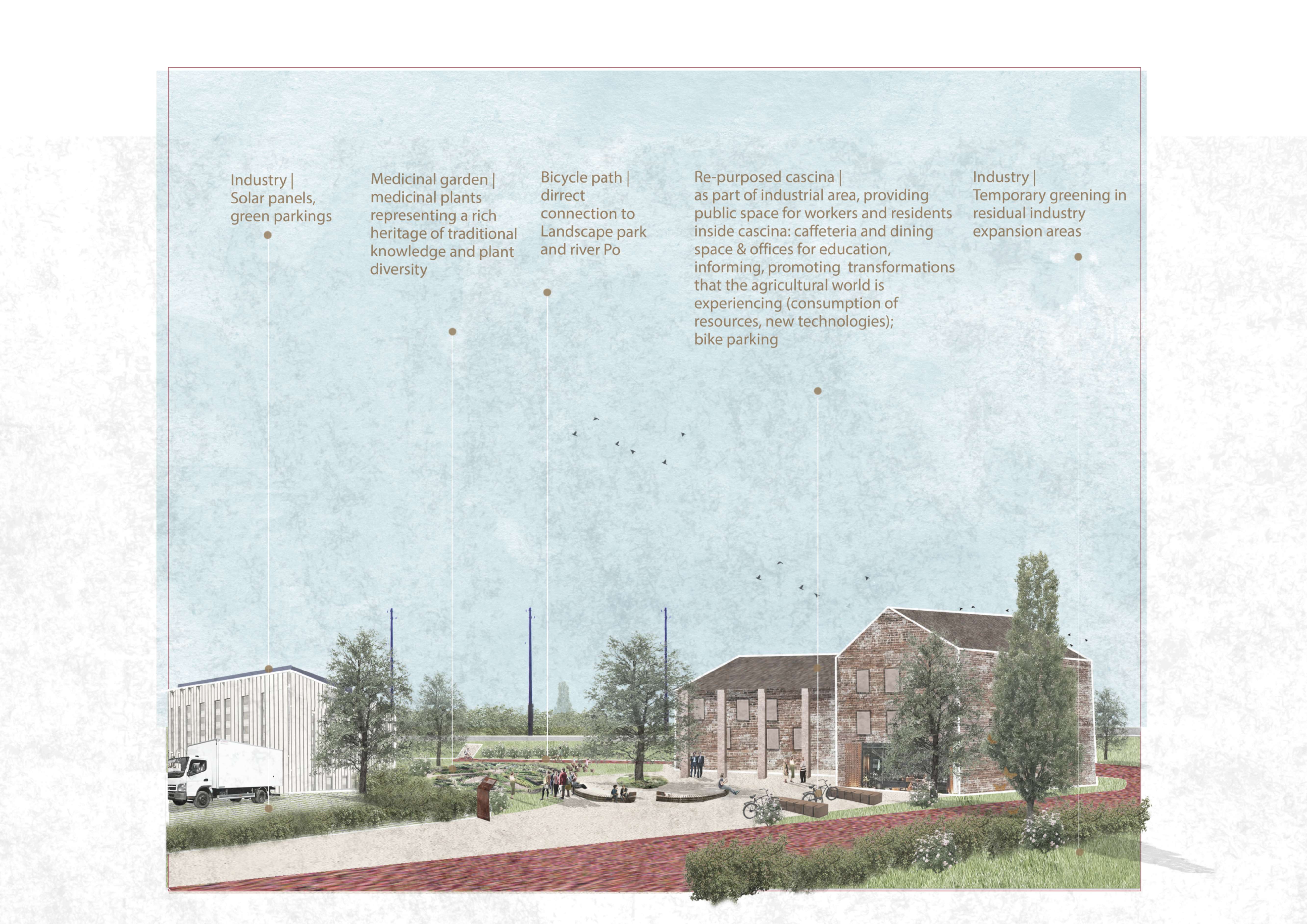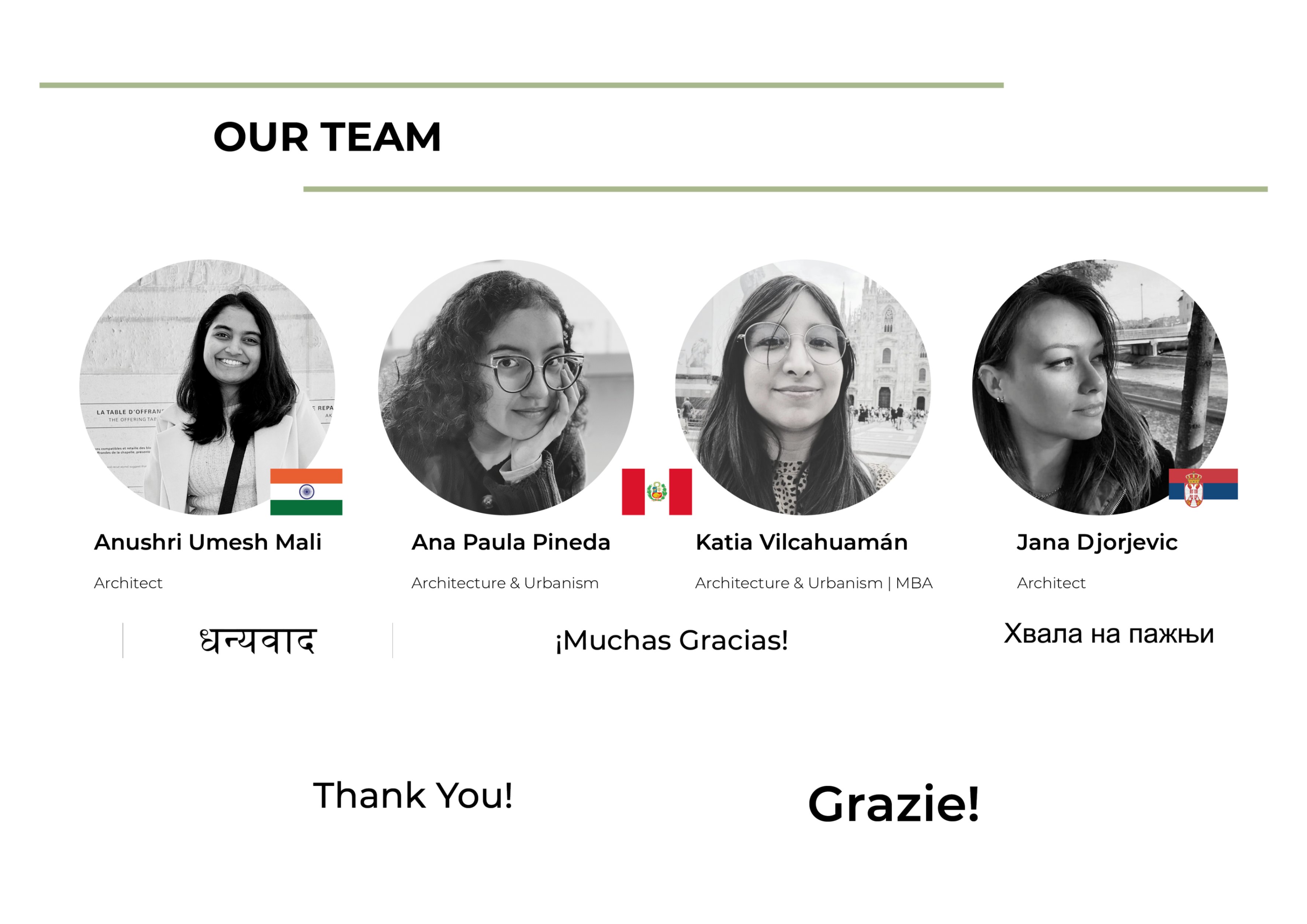All entries
Re-Integrating Landscape
Over time, Piacenza has transformed from a Roman city into a walled settlement shaped by centuriation, with agricultural systems on its periphery that still define the local landscape. The city’s strategic location has attracted global logistics and manufacturing industries, especially post-industrial revolution, bringing economic potential but also challenges. The rapid industrial expansion has led to environmental degradation, health issues, reduced biodiversity, and threats to the historical and natural heritage. Industries now encroach upon key ecological corridors like the Nure Stream and Po River, increasing pollution and flood risks, while prioritizing vehicular traffic over sustainable mobility. This project seeks to balance industry, nature, and agriculture through a strategy of "re-integrating the landscape" reclaiming underused and abandoned spaces to establish a connected network of green and public areas. It proposes: Biodiversity conservation in agricultural zones near ecological corridors. Buffer zones between industry and farmland to address environmental concerns. Green and public spaces within industrial areas to enhance quality of life for workers and residents. At the heart of this network are cascinas remnants of Piacenza’s agricultural past reimagined with contemporary uses. These interventions form the foundation for a future model of sustainable industrial development, where economic growth and ecological resilience go hand in hand.
The project envisions a dynamic landscape where nature and human experience intertwine. A nursery of trees supports the city's green infrastructure, while a repurposed cascina houses research units, a seed bank, educational workshops, and a café. Greenhouses with vertical hydroponic systems promote innovative agriculture, complemented by flower strips and hedges that enrich biodiversity and visual appeal. A 30-meter-wide buffer of CO₂-sequestering trees improves air quality and protects the Nure River from agricultural runoff. Elevated paths offer panoramic views of the revitalized landscape, while local markets and restaurants strengthen the community economy and celebrate sustainable, local production.
At the urban scale, the project enhances connections between industry, residential areas, and the landscape through a new bike path network. A repurposed cascina becomes a vibrant public space for workers and residents, offering dining areas, a café, and research offices promoting advanced agricultural technologies. From the cascina courtyard, visitors access a landscape park linking to the Vento and EuroVelo international cycling routes. A medicinal garden within the courtyard provides peaceful resting points. Underused spaces are transformed into parks and recreation areas, supporting both community well-being and temporary greening initiatives to enrich the urban environment.
The linear park incorporates bioswales, green parking areas, and rain gardens, effectively capturing runoff water from impermeable surfaces and reducing the risk of flooding. These green infrastructures also help regulate urban microclimates by improving thermal comfort and combating the heat island effect. The presence of lush vegetation and managed water elements creates a cooler, more resilient environment, making the industrial and residential interface healthier and more sustainable for all users.
Recognizing the increasing needs of workers and residents, the project reimagines abandoned cascina structures within the industrial landscape as vibrant service hubs. These revitalized spaces are enriched with linear parks and rain gardens, offering public resting areas primarily for workers and drivers. By transforming disused sites into green corridors, the intervention enhances daily life for both industrial and residential communities, showcasing adaptive reuse and landscape design as vital tools for social well-being and environmental resilience.
